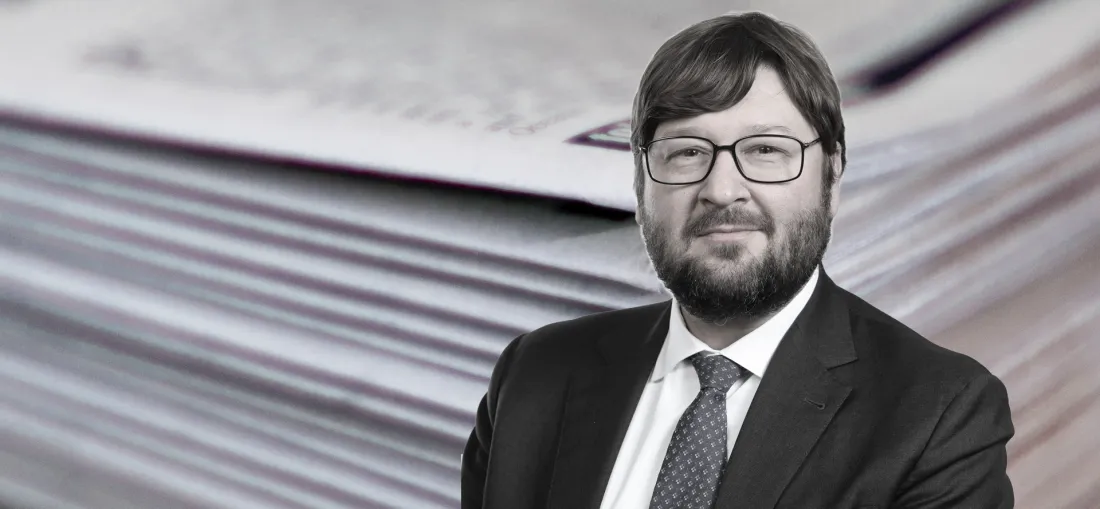Nicola Giammarioli in interview with Ta Nea (Greece), January 2022

Interview with Nicola Giammarioli, ESM Secretary General
Published by Ta Nea (Greece)
Published on 8 January 2022
Interviewer: Maria Vasileiou
Original language: English
Ta Nea: The architecture of the euro area was basically built on two main pillars, fiscal sustainability, and price stability. Twenty years after the introduction of the common currency, what developments stand out, which you think played a significant role in shaping the Eurozone and its ability to face new challenges?
Nicola Giammarioli: The launch of the euro was a milestone in the process of the European integration initiated more than 60 years ago to bring peace, reconciliation, democracy and human rights after the horrors of World War II. It has made it easier to work, do business, study and travel, contributing also to the evolution of the international monetary and financial system. Over 340 million European citizens use it every day, and with 78% of citizen support, the euro’s popularity is at a historic high, bringing the people of Europe ever closer together. It has provided a foundation for the countries of the euro area to achieve stability, economic growth and prosperity: the euro is a symbol of Europe and its values on the world stage. Its international role, as the second most popular reserve currency, has become increasingly important in granting greater stability to the international financial system and in making the Union a key player in the global geo-political environment.
Especially in relation to the euro crisis. Which key decisions ensured the survival of the single currency and what could have gone better?
During the euro area crisis, a decade ago, the euro came under severe threat and some economists and market analysts even predicted its collapse. The architecture of the euro was not designed to deal with a sovereign debt crisis, but a lot has happened since then. Several new institutions have been created to improve the prevention and management of crises, including the ESM. The euro area did not break up. On the contrary, deeper policy coordination and integration were the solution.
You had a key position in dealing with the euro crisis. Fears of a Grexit had more than once shaken Europe. What was at stake at the time and what has since changed?
When the Economic and Monetary Union was established, there was no lender of last resort for countries. It was unthinkable that a country in the euro area would not be able to finance itself in the financial markets. Europe believed that this type of crisis would not happen, and it was not ready. In fighting the euro crisis, we had to learn by doing, also making mistakes. Thanks to solidarity, financial assistance, hard work, cooperation and reforms we managed to keep all countries within the euro area, making it more resilient and with stronger institutions. The swift, sizeable, and well-coordinated response to the Covid-19 crisis is just an example of what we have been building on in the last decade.
What would be critical on the way forward? Especially regarding the discussion on the reform of the fiscal framework? What would be crucial for highly indebted countries?
We need to reconcile fiscal sustainability with the need of massive investments, especially to finance the green and digital transition. The legacy of the pandemic crisis on top of the global financial crisis of last decade is higher public debt-to-GDP ratios that need to be reduced, especially in highly indebted countries. Nevertheless, public debt is currently sustainable in all euro area member states. Interest rates will increase from today’s low levels, but they are expected to remain lower than 20-30 years ago, making debt service somewhat easier going forward. In this context, it seems warranted to revisit some elements of the Stability and Growth Pact, as they stand now, to better reflect the changed macroeconomic environment and policy priorities.
What concerns you the most about the Eurozone and the euro as the omicron variant sends a chill throughout much of the world? We have already seen massive support both on a European but also on a national level, but also the unprecedented Next Generation EU. What policies should be prioritised now given the low interest rates on the positive side, but also the high debts and inflationary pressures on the negative side?
I think that the tools already in place, both at the domestic and European level, are well suited to address possible challenges stemming from the spread of the Omicron variant. More broadly and to strengthen the monetary union further, we need to urgently work on completing banking union and making progress towards a capital markets union. The next important step is the ESM’s backstop to the Single Resolution Fund. The ratification of the amended ESM Treaty is almost completed, and we are ready to implement it. Beyond that, the euro area would benefit from having a macroeconomic stabilisation tool that could provide additional fiscal space to euro area countries hit by an asymmetric shock, which might be caused for instance by a natural disaster or climate change.
Author

Contacts


